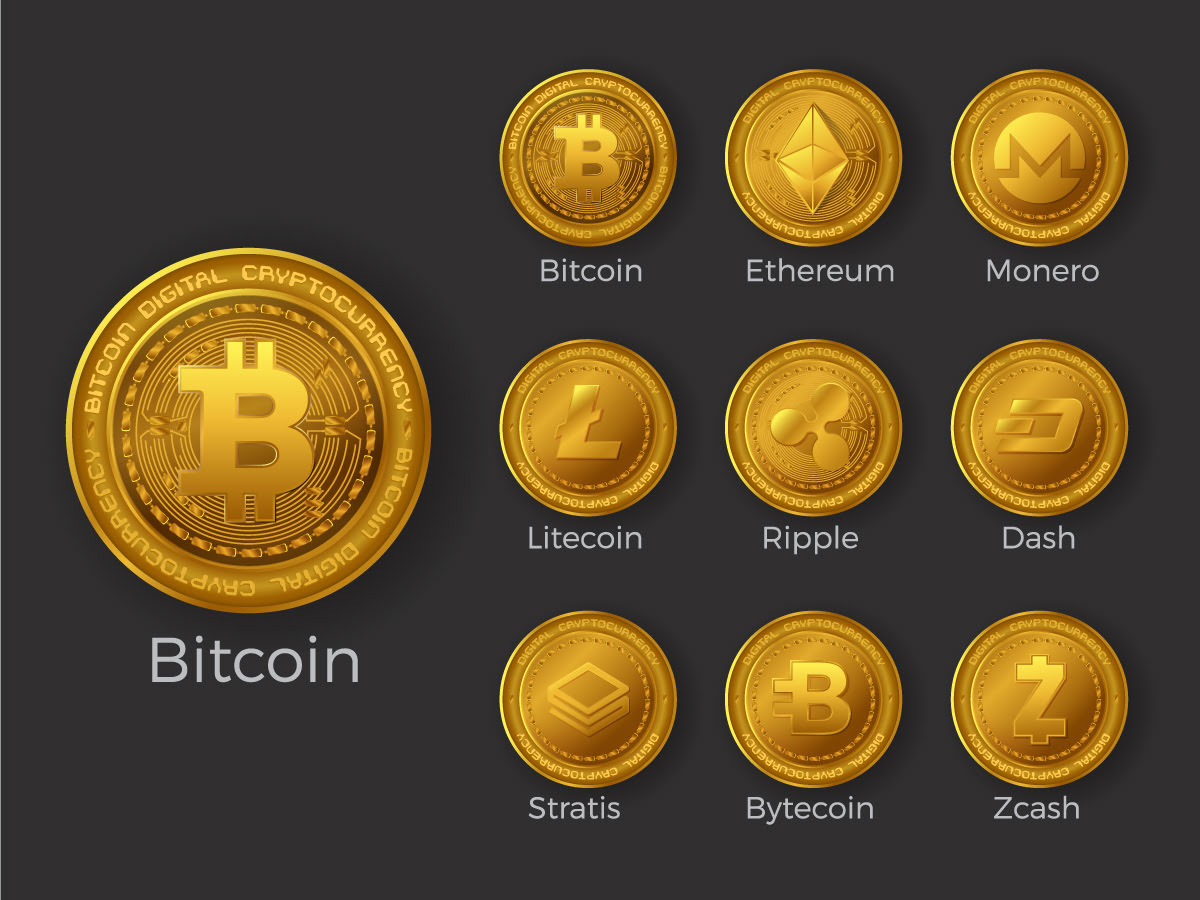Imagine walking into a crowded room buzzing with excitement about the latest cryptocurrency. The collective mood of these participants can significantly influence price movements https://casino-888.org. Positive news, such as a significant company adopting a cryptocurrency for payments, can fuel a buying frenzy, causing prices to surge. Conversely, negative headlines, regulatory concerns, or security breaches can trigger panic selling, leading to sharp declines. Take the case of Bitcoin in 2017, when its price soared to nearly $20,000, fueled by media hype and speculative frenzy, only to crash dramatically in the following months when regulatory crackdowns loomed.
If you watch the crypto market closely, you may have noticed that seemingly unrelated cryptocurrencies often move together in price. In this blog, we’ll explain why this phenomenon occurs — and discuss whether cryptocurrencies will continue to be correlated with each other in the future!
Unlike other economic commodities like gold, certain factors are responsible for the demand and supply of cryptocurrency and they include, token supply dynamics, general news and market events, competition, project fundamentals, protocol upgrades, and token’s historical events.
Related Links Are you ready to learn more? Visit our glossary and crypto learning center. Are you interested in the scope of crypto assets? Investigate our list of cryptocurrency categories. Are you interested in knowing which the hottest dex pairs are currently?
The total crypto market volume over the last 24 hours is $170.82B, which makes a 29.94% increase. The total volume in DeFi is currently $27.02B, 15.82% of the total crypto market 24-hour volume. The volume of all stable coins is now $159.66B, which is 93.47% of the total crypto market 24-hour volume.
TThe data at CoinMarketCap updates every few seconds, which means that it is possible to check in on the value of your investments and assets at any time and from anywhere in the world. We look forward to seeing you regularly!
At the time of writing, we estimate that there are more than 2 million pairs being traded, made up of coins, tokens and projects in the global coin market. As mentioned above, we have a due diligence process that we apply to new coins before they are listed. This process controls how many of the cryptocurrencies from the global market are represented on our site.
In January 2024 the SEC approved 11 exchange traded funds to invest in Bitcoin. There were already a number of Bitcoin ETFs available in other countries, but this change allowed them to be available to retail investors in the United States. This opens the way for a much wider range of investors to be able to add some exposure to cryptocurrency in their portfolios.

Under this system, the code has essentially created the coins. All that’s left is to distribute them. This is done through coin mining. As you might already know, coin mining is the process of verifying transactions and building blocks in Bitcoin’s blockchain. Miners are rewarded for the work they do with new coins.
Tokens are not currency at all, though they can represent units of value. Instead, tokens are a form of programmable asset specifically used to create and execute smart contracts. When a token represents a unit of value, it can stand in to represent physical or digital assets, including cryptocurrency, though it is not a unit of currency in its own right. Basically, if you own a token representing an asset, you own a blockchain-verified smart contract connected to the asset in question.
Media and entertainment tokens are designed to reward engagement, support content creators, and fuel digital experiences. These tokens are commonly used in gaming, advertising, music, and streaming platforms. They help decentralise content distribution and often serve as in-platform currencies or reward mechanisms for users who participate in or contribute to the ecosystem.
Generally, the central bank of a nation is the authority for issuing CBDCs. You can think of Central Bank Digital Currencies as the fiat currency of a country in the digital form. The government’s backing ensures that CBDCs enjoy wider adoption and can be used for daily transactions.
Past price trends are not indicative of future price trends and are not intended to be a proxy for historical or projected future performance of any specific artwork or Masterworks shares. Also, our materials may present comparisons between the historical price performance of a segment of the art market and other investment asset classes, such as stocks, bonds, real estate, and others. There are important differences between art and other asset classes. For more information, see important disclosures.
Some utility tokens may act as in-game currencies, whereas others may be awarded as part of a loyalty scheme when using a specific company. Another popular use case for utility tokens is as decentralized voting instruments in DAOs. There are endless possible use cases for utility tokens. Who knows, you might come up with the next best use-case yet.
Leave a comment